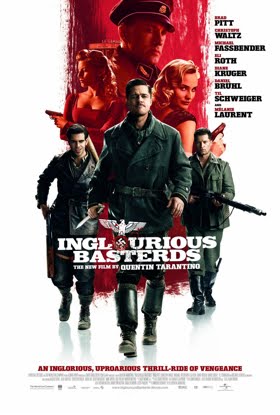 It may be the Bond fan's whipping boy, but I can't help but think A View to a Kill scrapes by on charm alone.
It may be the Bond fan's whipping boy, but I can't help but think A View to a Kill scrapes by on charm alone.
In fact, the fourteenth Bond film is a bit like a doddery old relative among the others in the series. It regurgitates familiar stories (the plot is a virtual retread of Goldfinger), meanders and makes little sense (the film's first third is concerned with an irrelevant horse racing subplot), tries to be embarrassingly hip (see Bond snowboarding to a cover of "California Girls") and is generally as creaking and tired as 57-year-old Roger Moore, who reprises the role of James Bond here for the seventh and final time.
But A View to a Kill is also the swansong to a particular kind of Bond film that, as a product of the seventies and eighties, might never see the light of day again. Watching Roger Moore cock his eyebrow through an endless stream of double entendres and wry one-liners is like watching a stand-up comic perform a tried and tested act. Sure, it's familiar but it remains entertaining – and the same could be said for the film itself.
The plot, for what it's worth, sees 007 encounter Christopher Walken's Max Zorin, a French industrialist scheming to destroy Silicon Valley in order to corner the world's microchip market. He's assisted by Grace Jones' androgynous Mayday, while Bond receives help from Tanya Roberts whose air-headed geologist is only as smart as the rocks she studies.
The casting standout, unsurprisingly, is Walken, whose psychopathic performance is classic Bond villain material. All those Walken tics are present and accounted for ("More... more powah..." he stiltedly cries at one point, just moments before chuckling as he falls to his death).
What A View to a Kill lacks in exotic locations (Siberia, France, San Francisco), it more than makes up for in the action stakes. There's the opening ski chase (not a patch on The Spy Who Loved Me's iconic opening, but then, what is?), a daft but enjoyable sequence in which Bond clings to an out-of-control fire engine and a couple of Hitchcockian action sequences involving national landmarks.
And any film that ends with Christopher Walken battling Roger Moore with an axe atop the Golden Gate Bridge can't be all bad.
 It was worth the wait.
It was worth the wait.